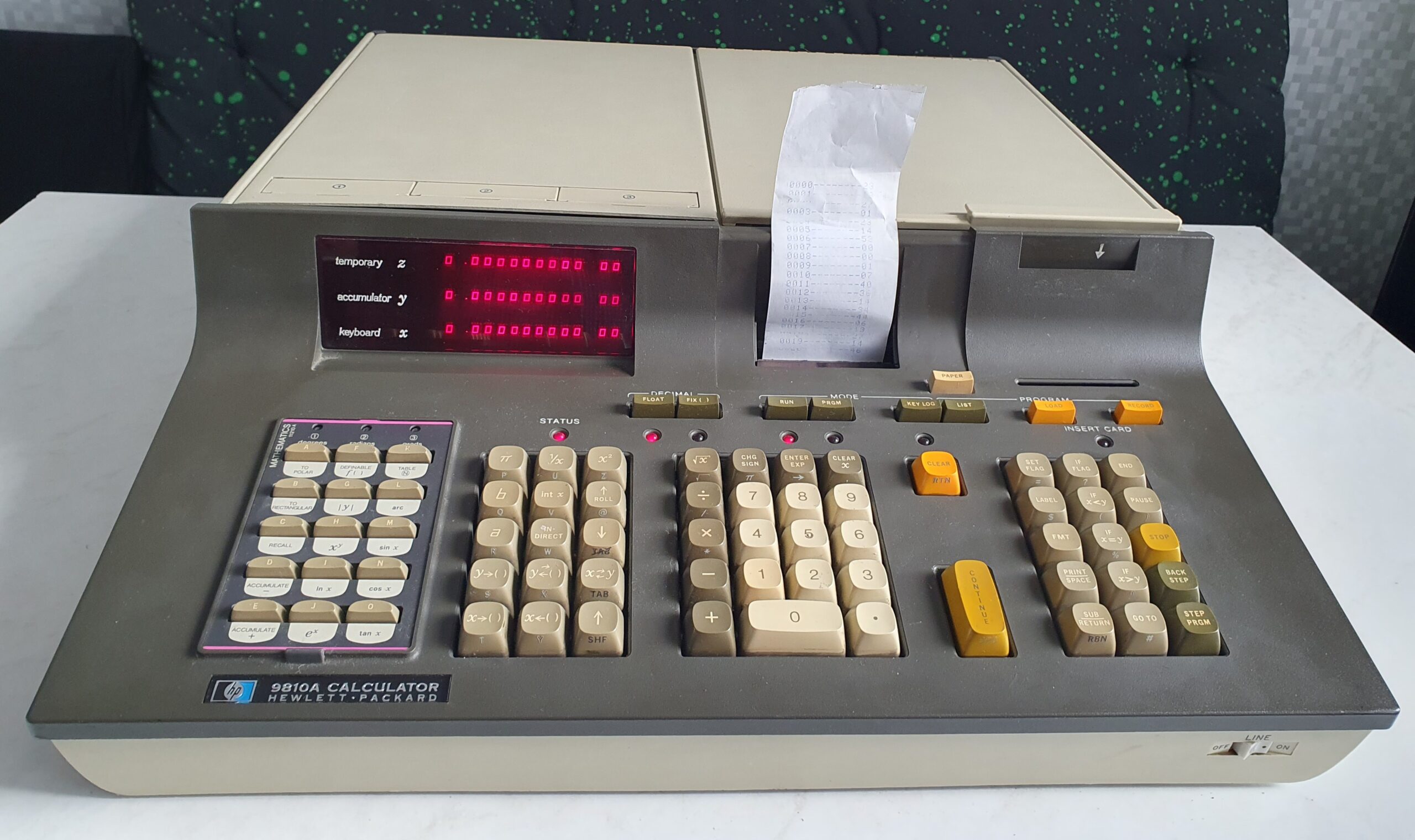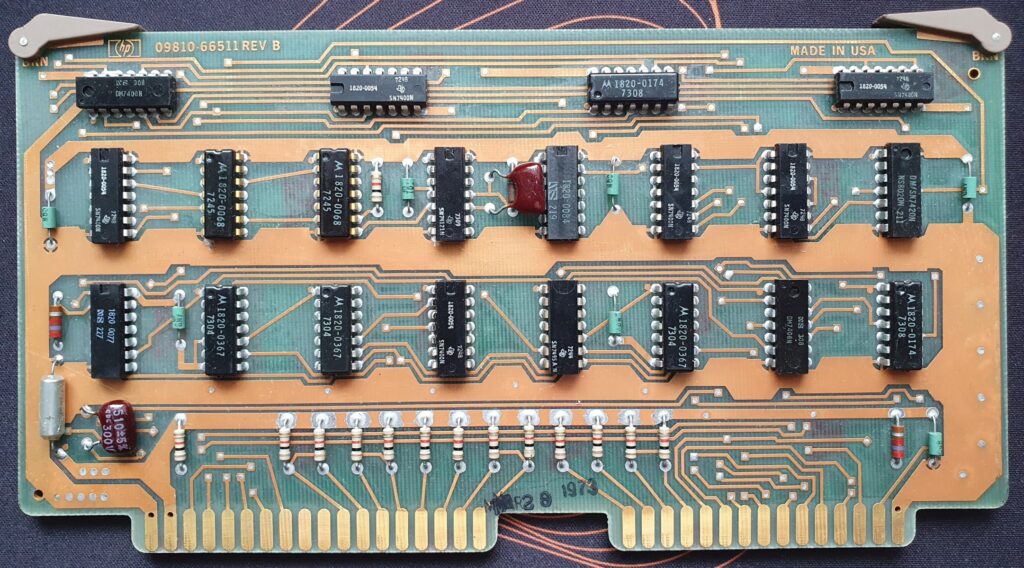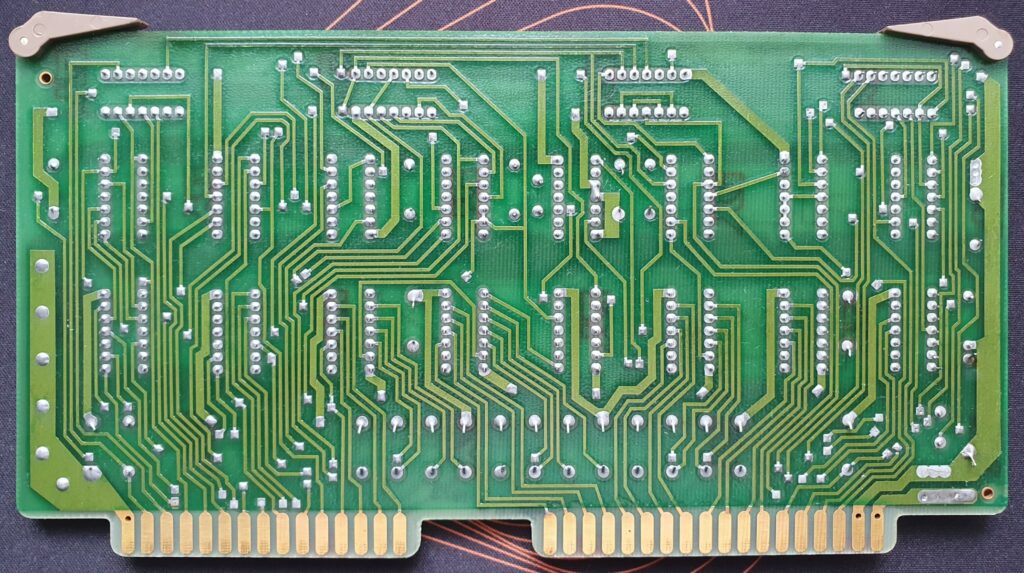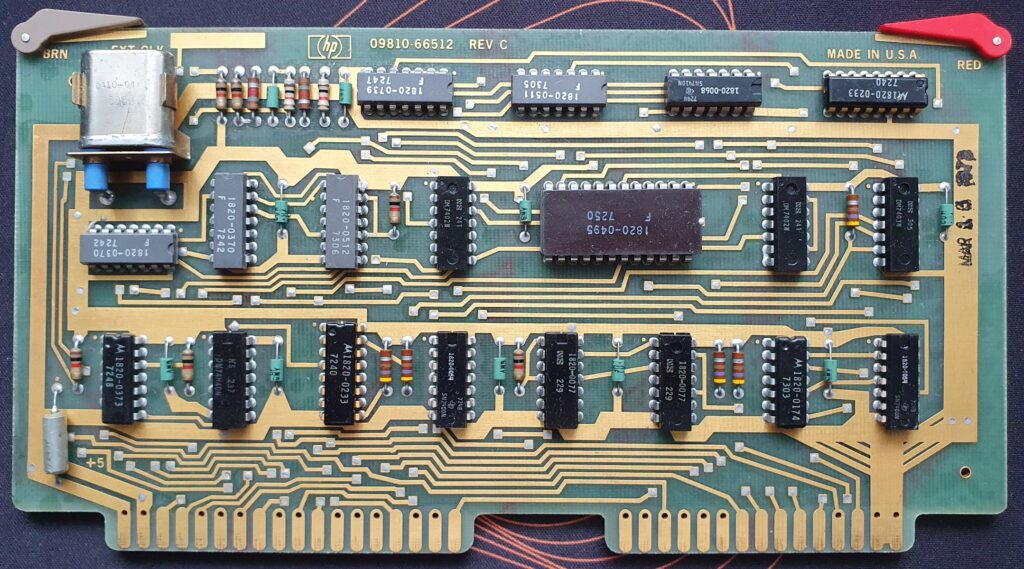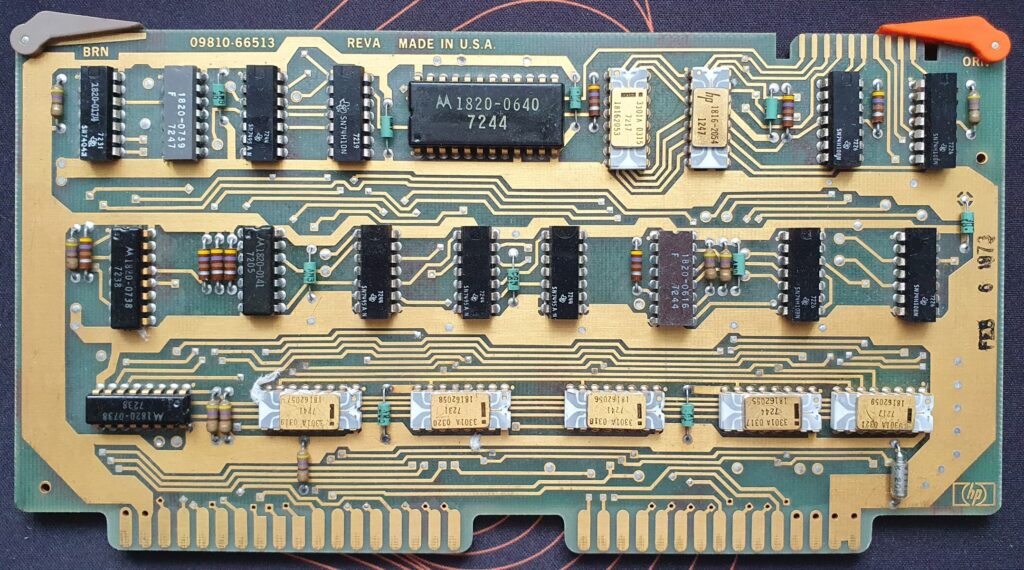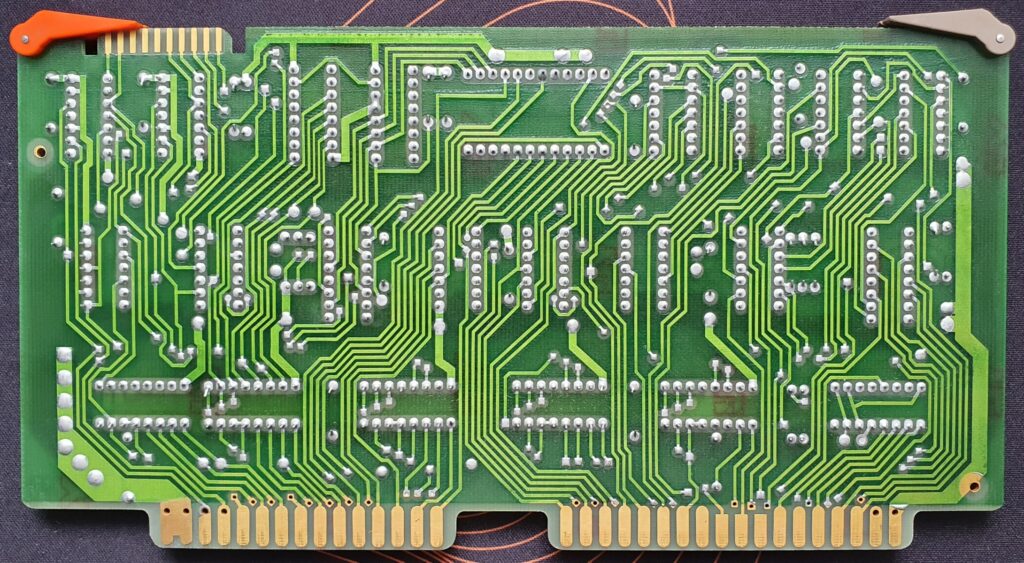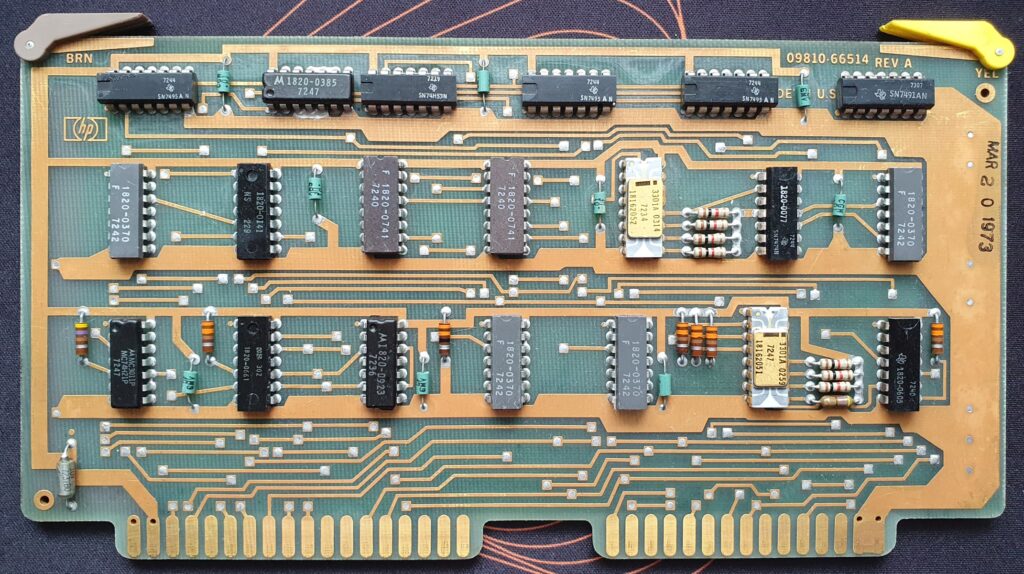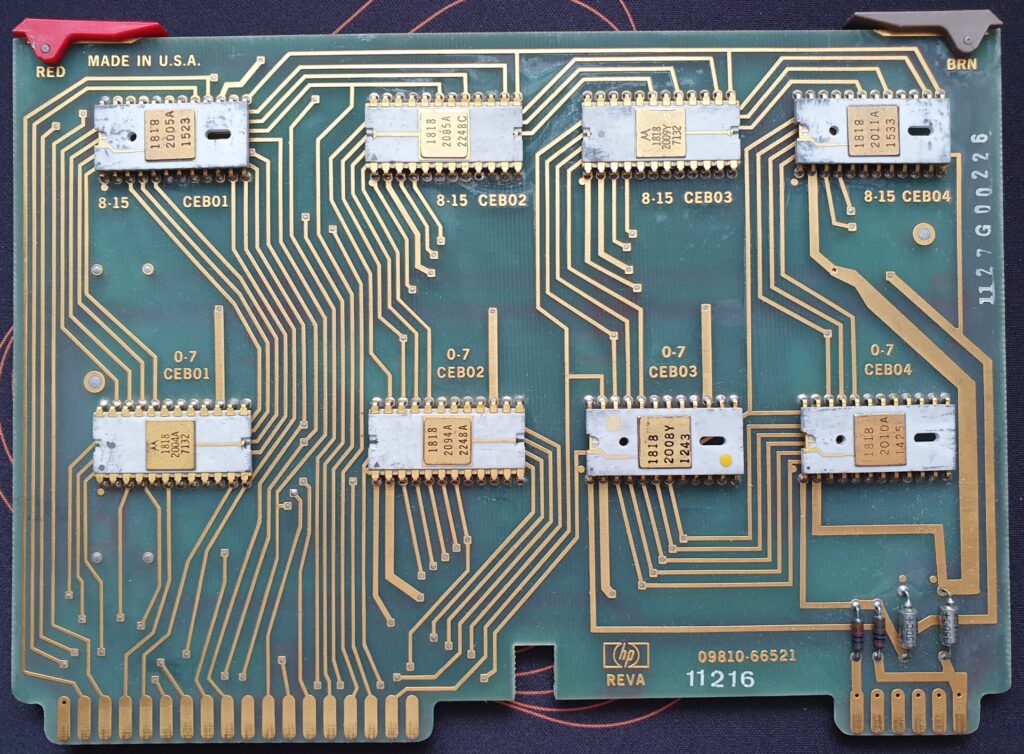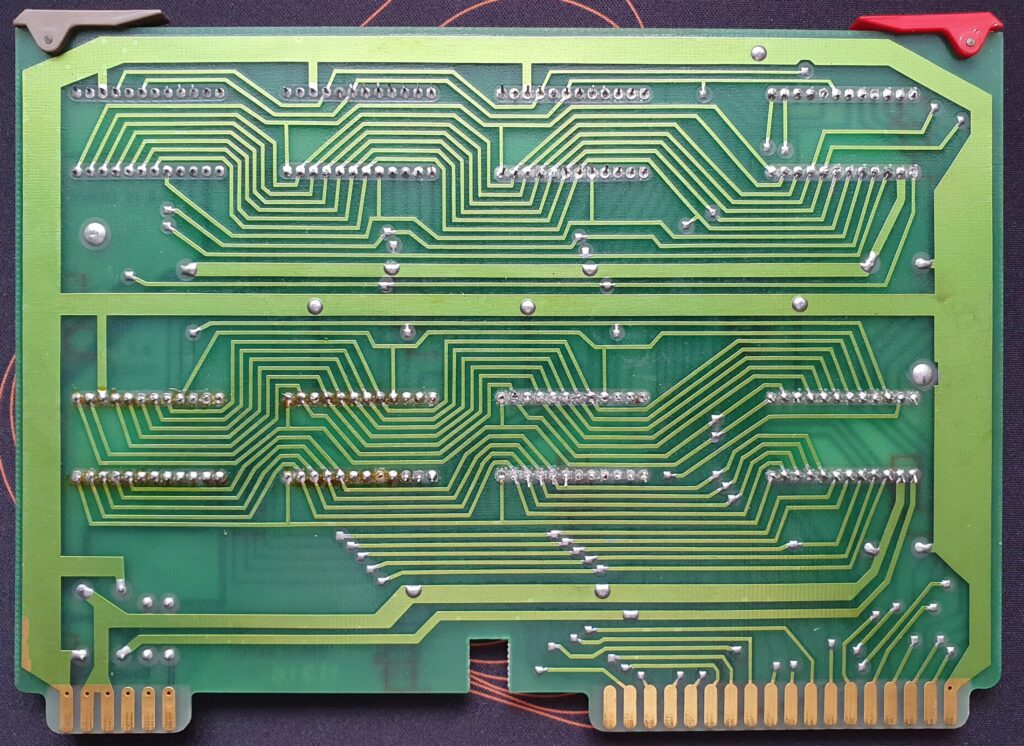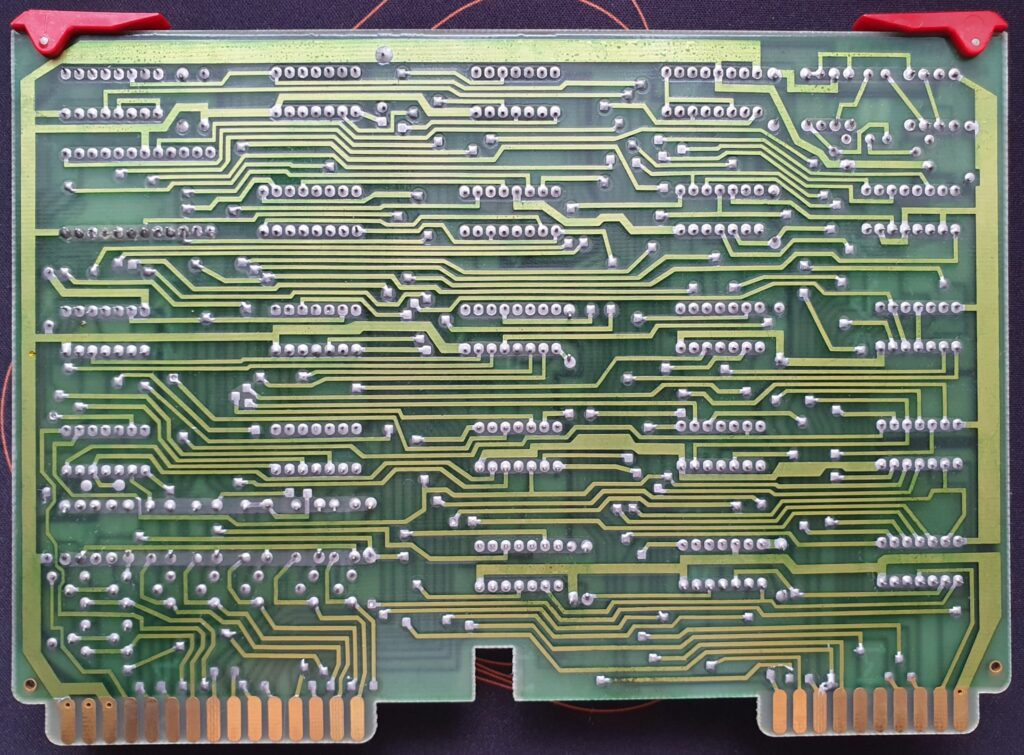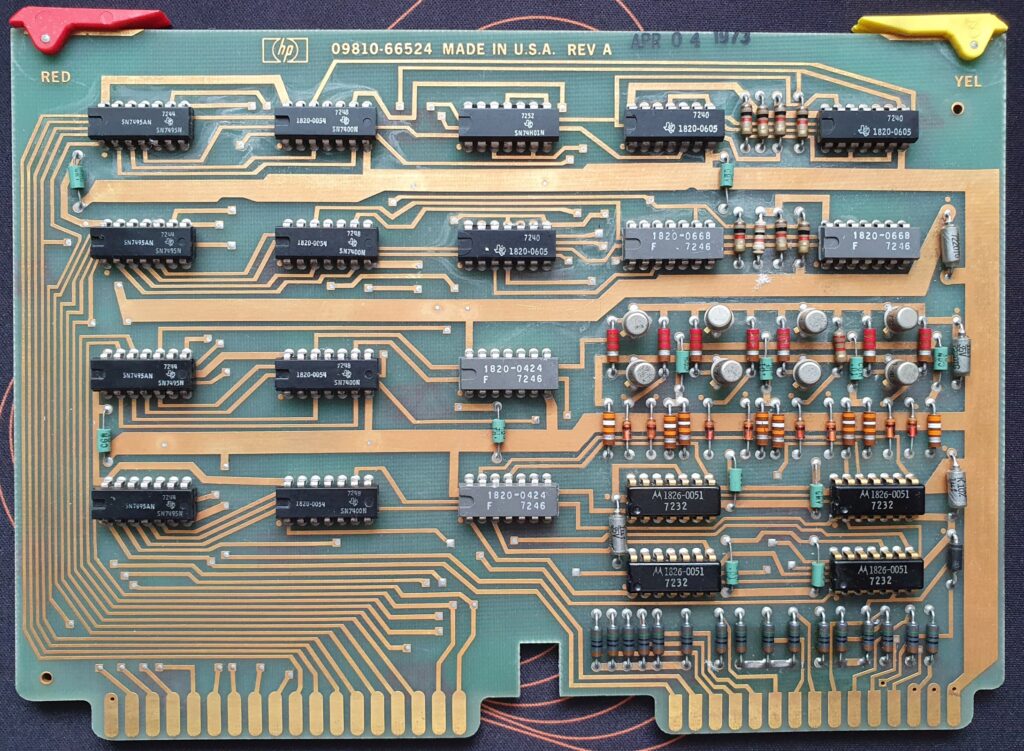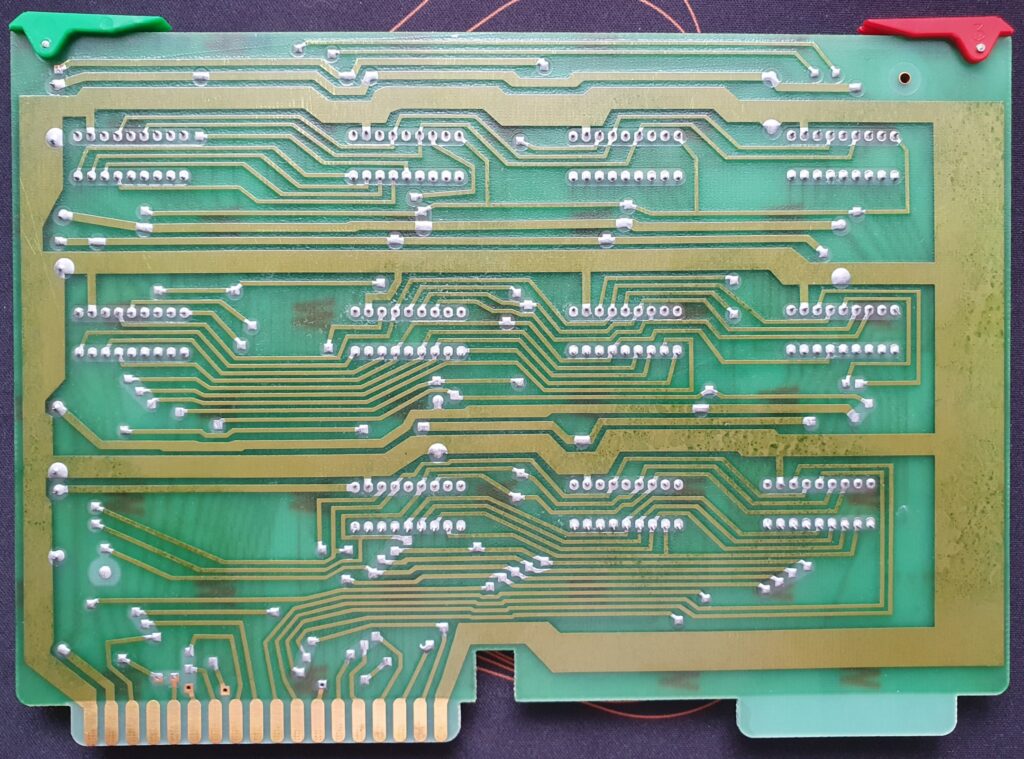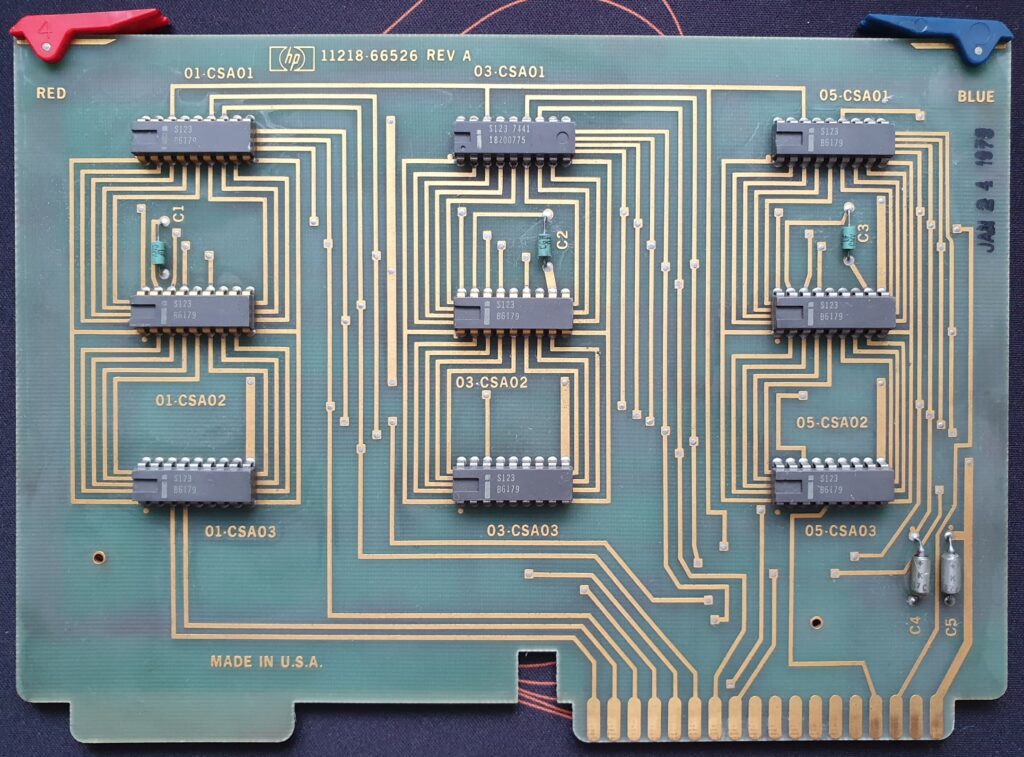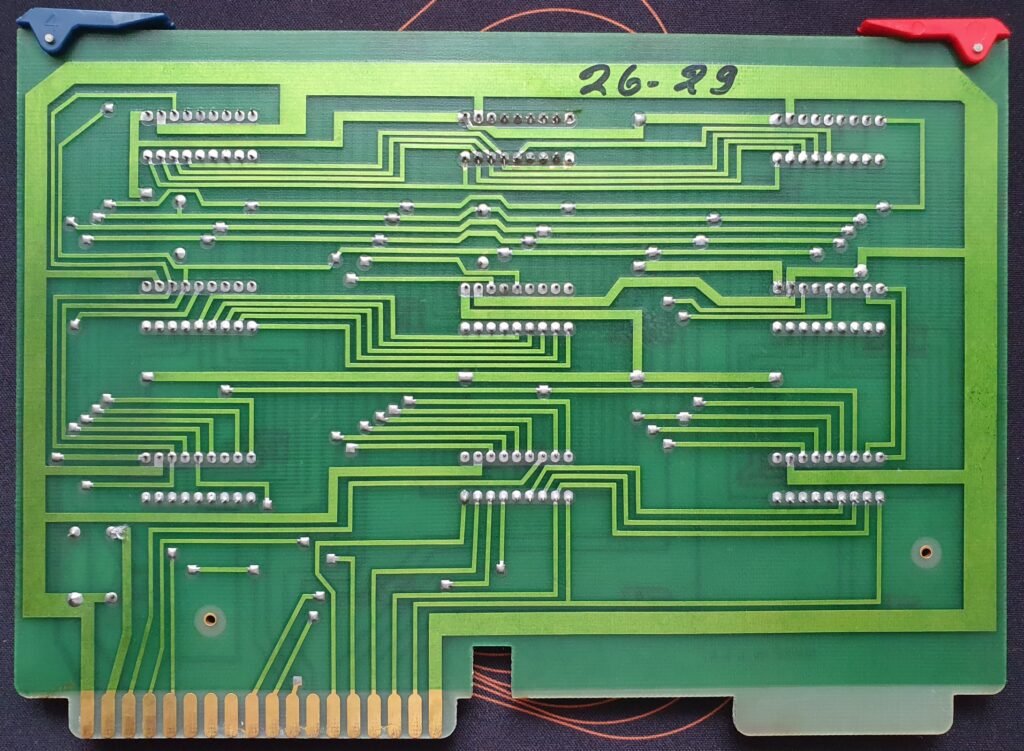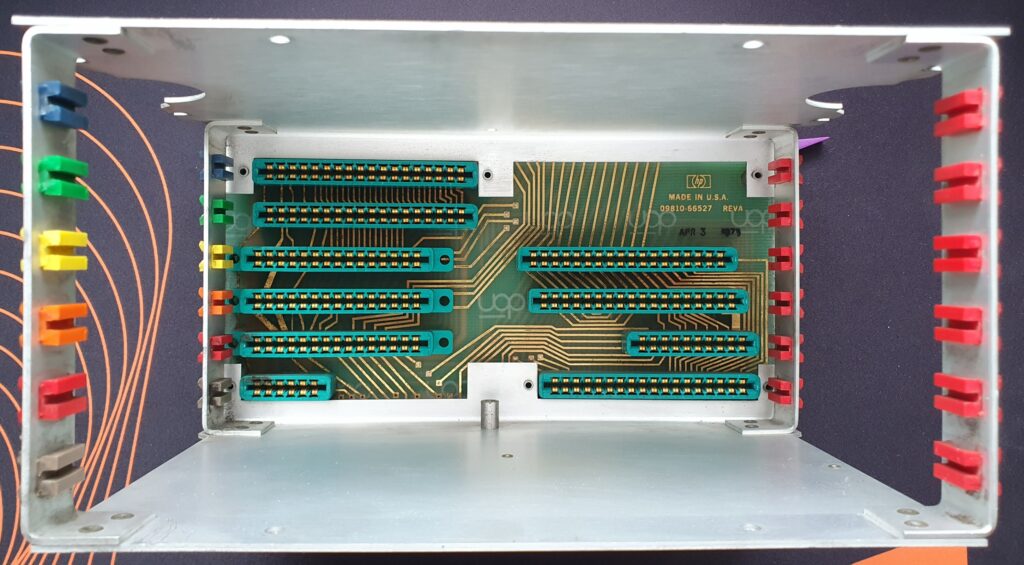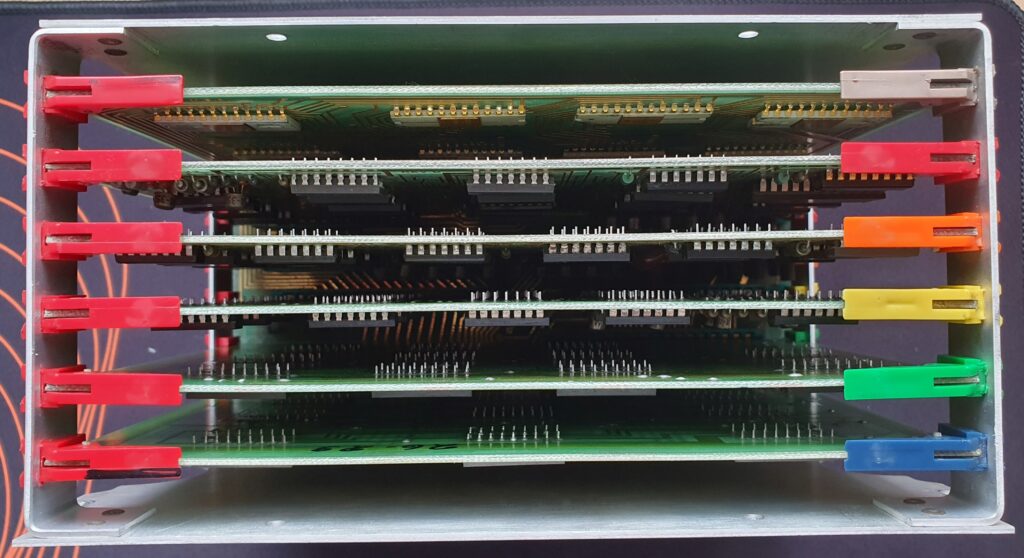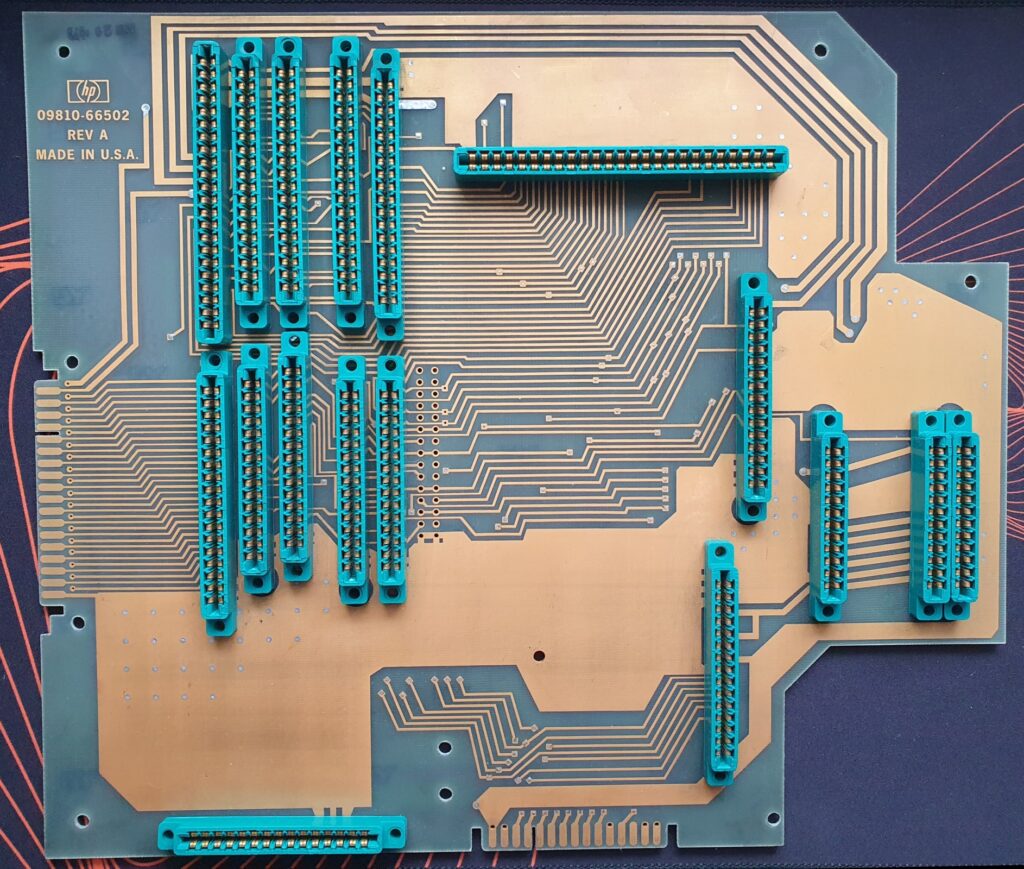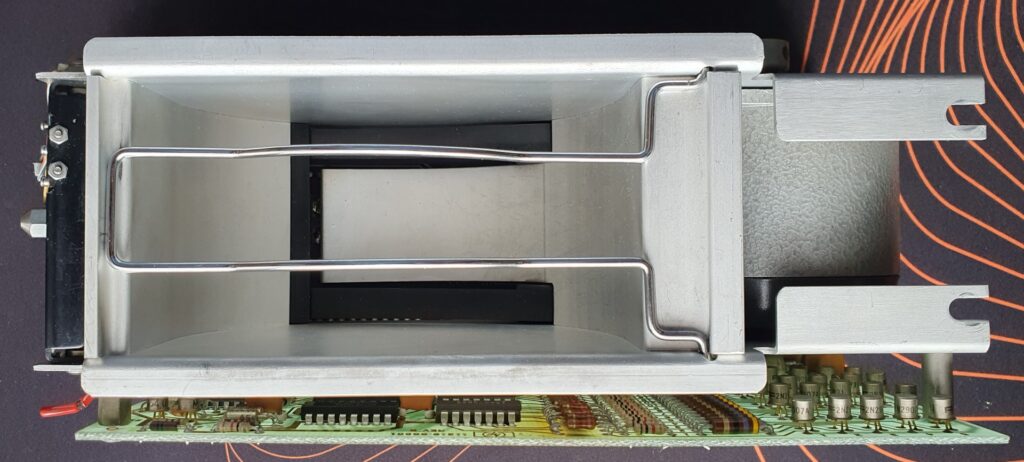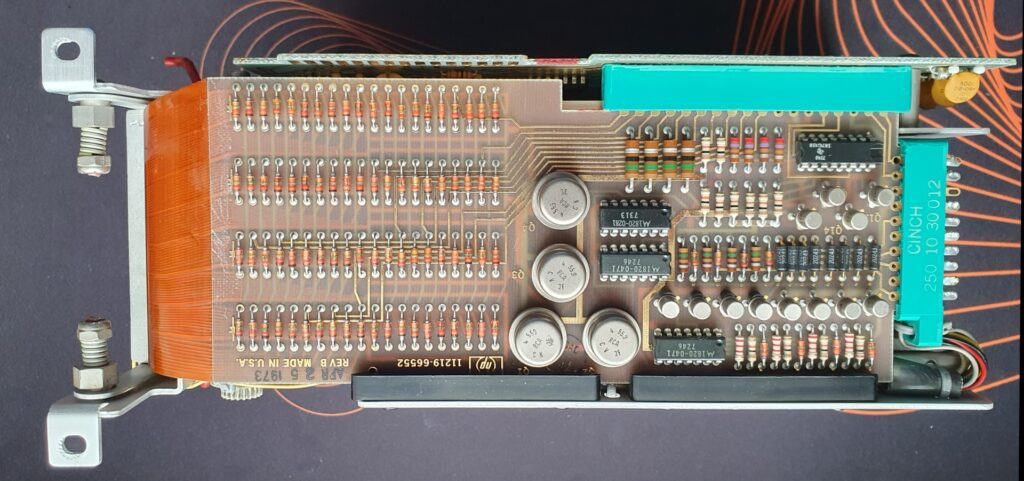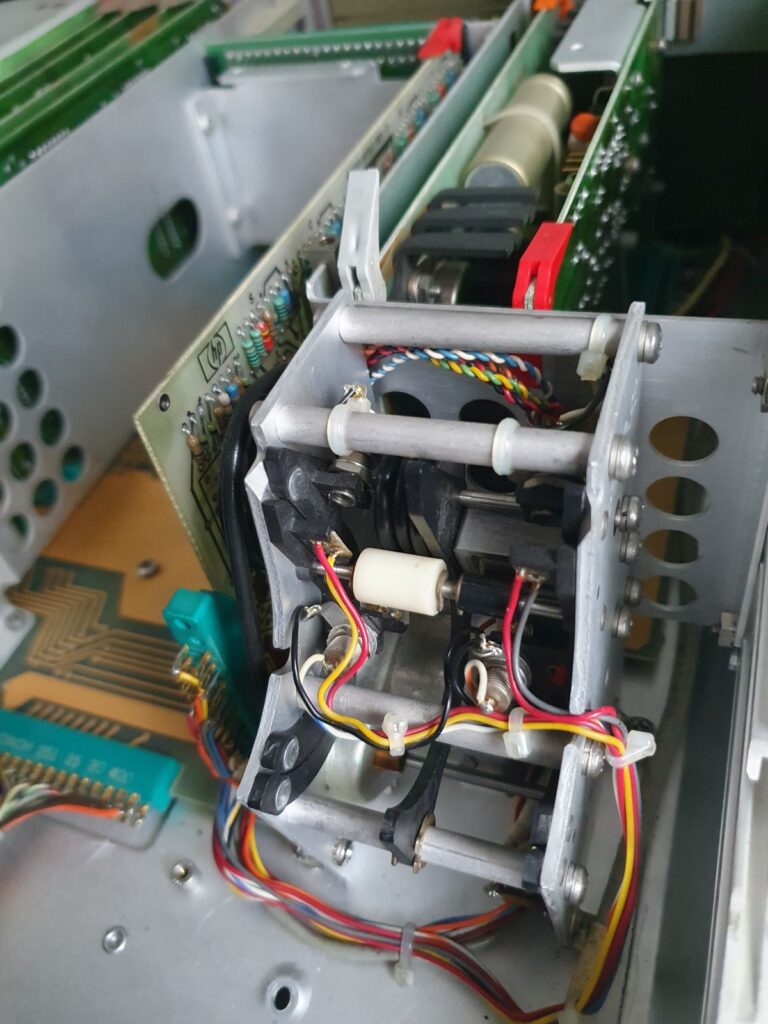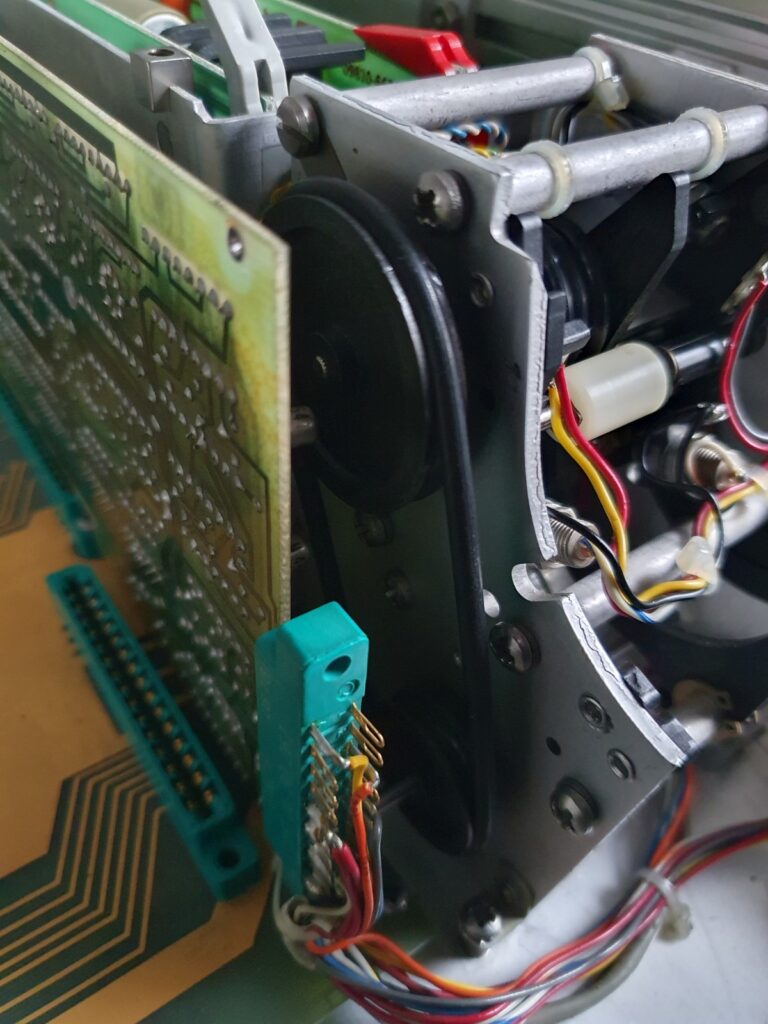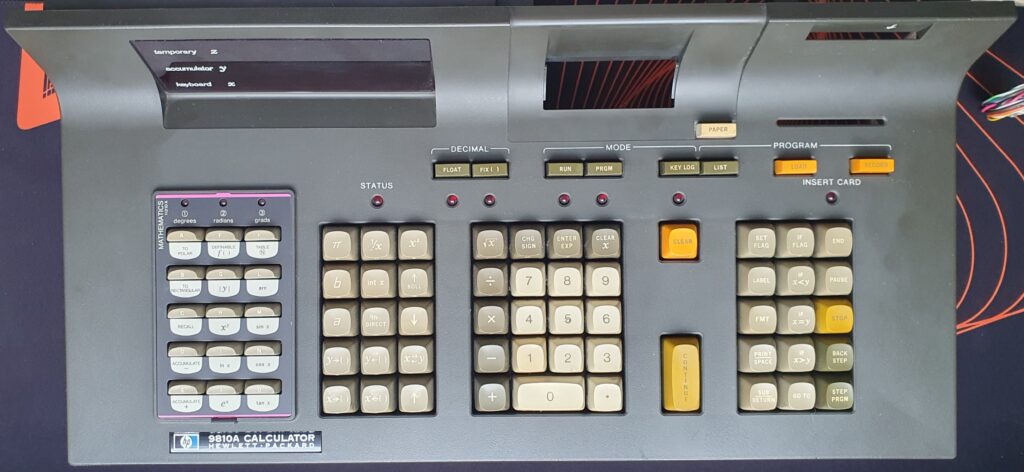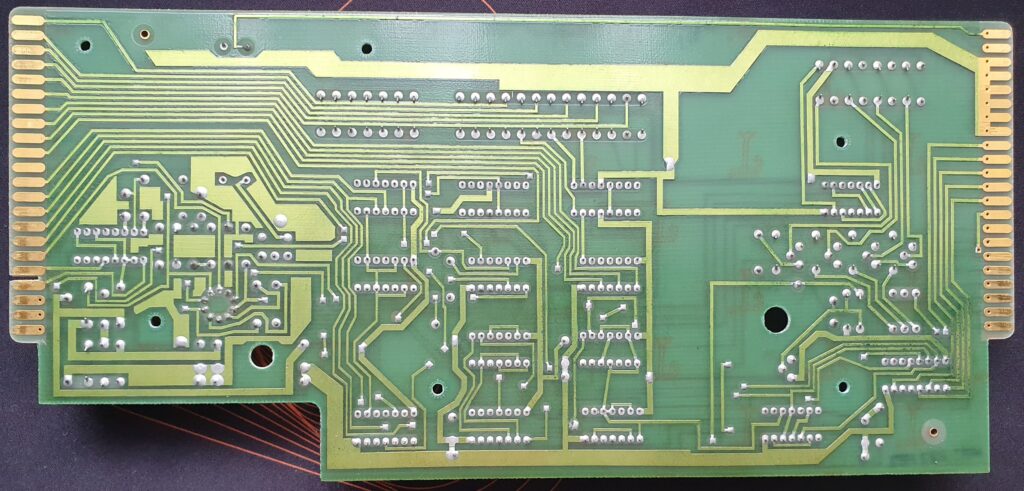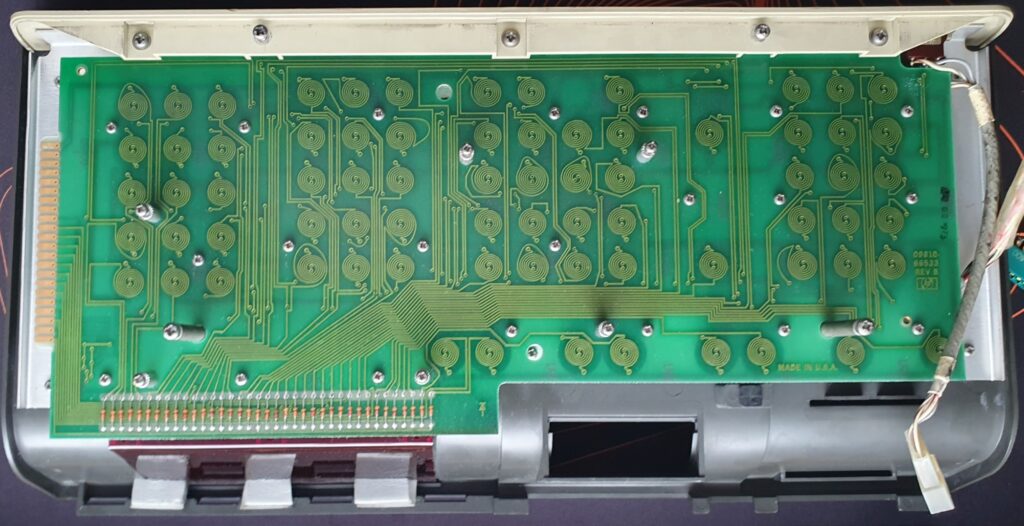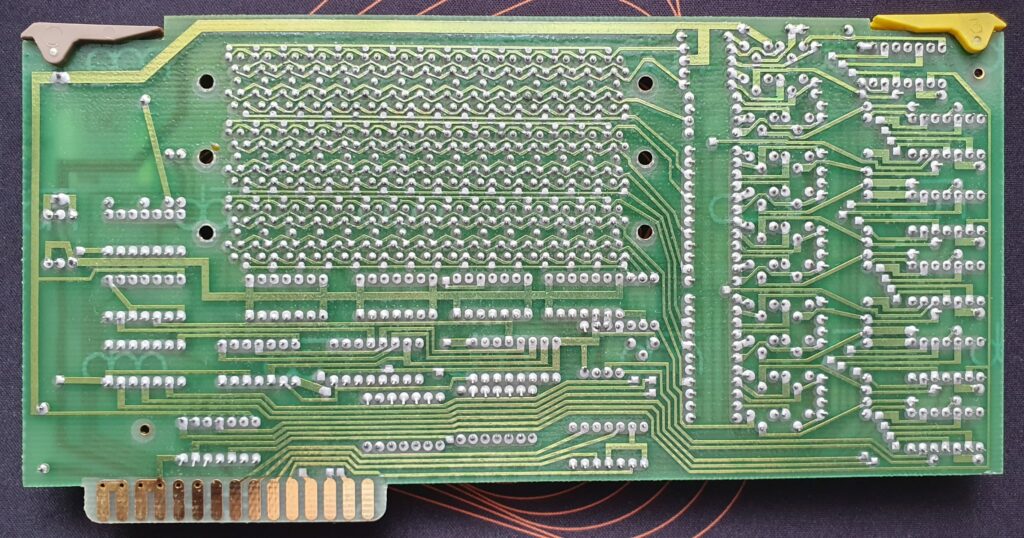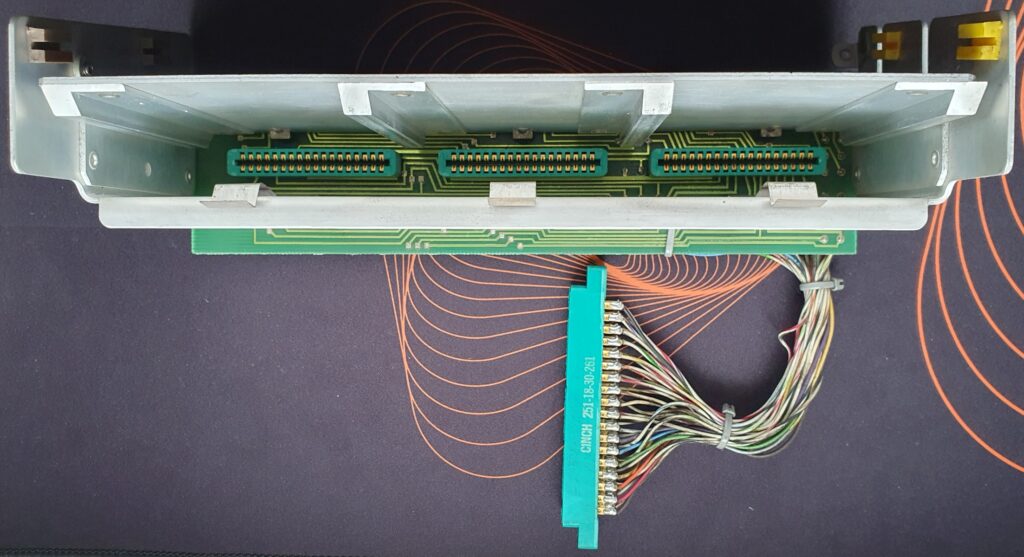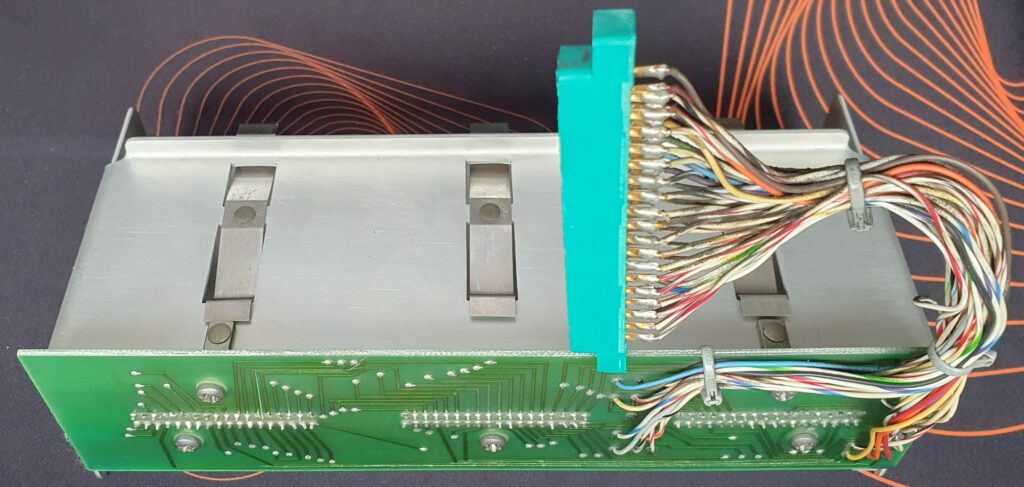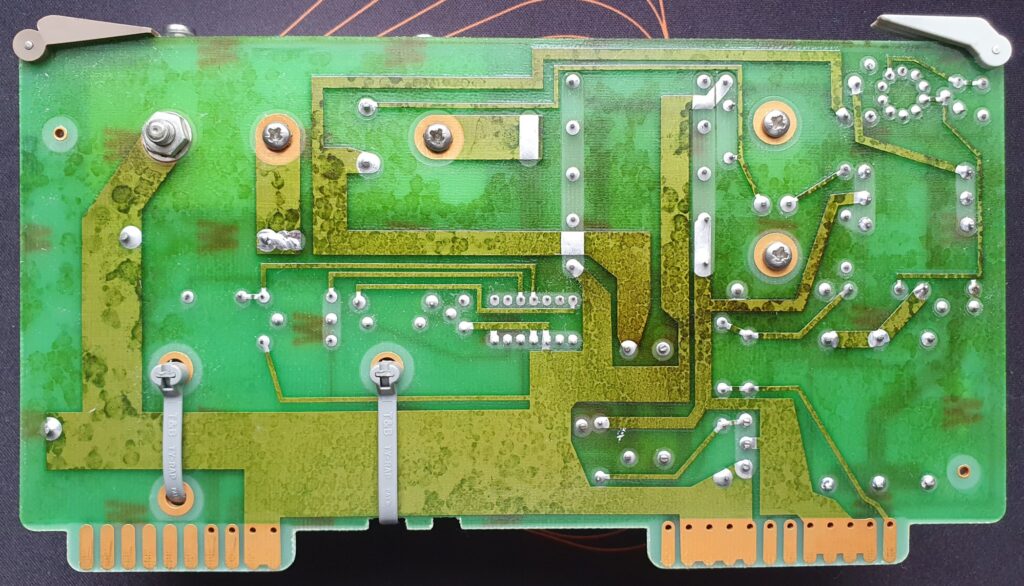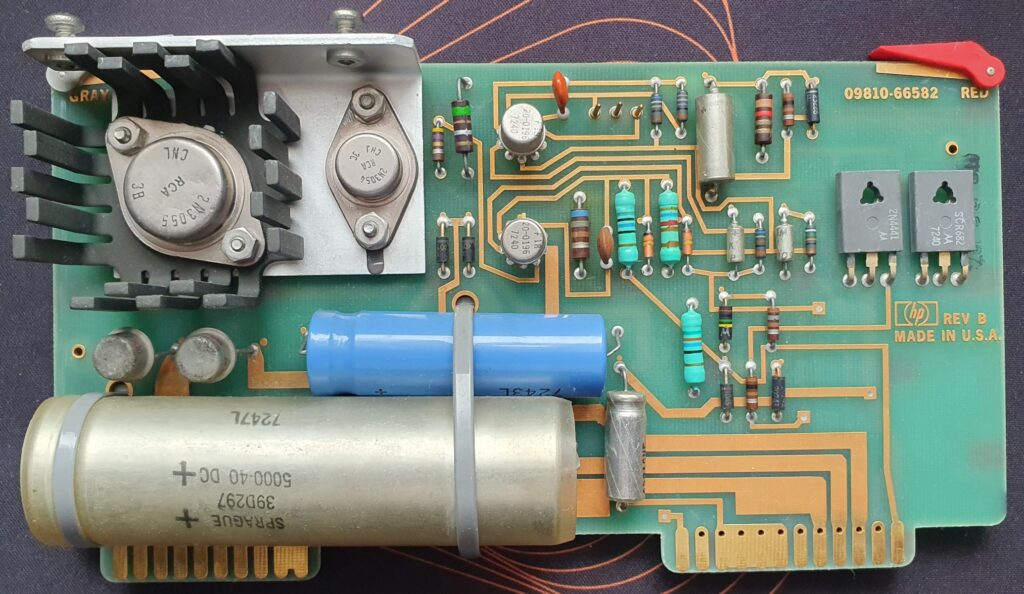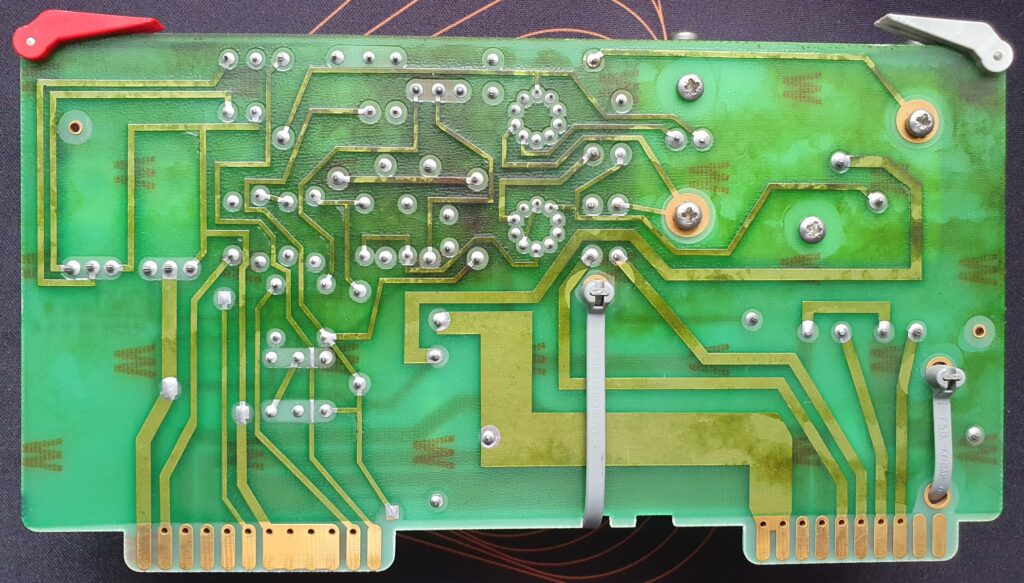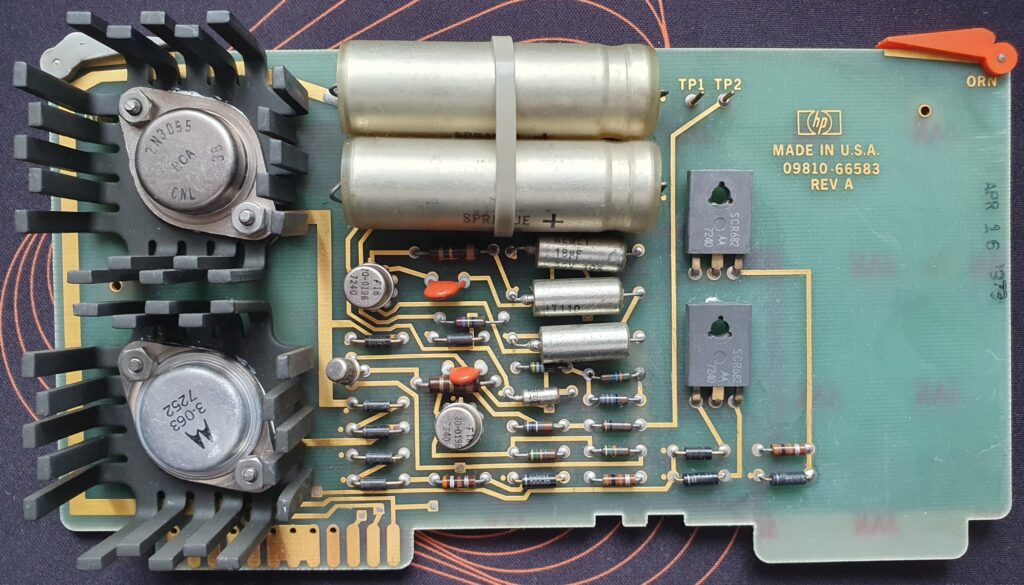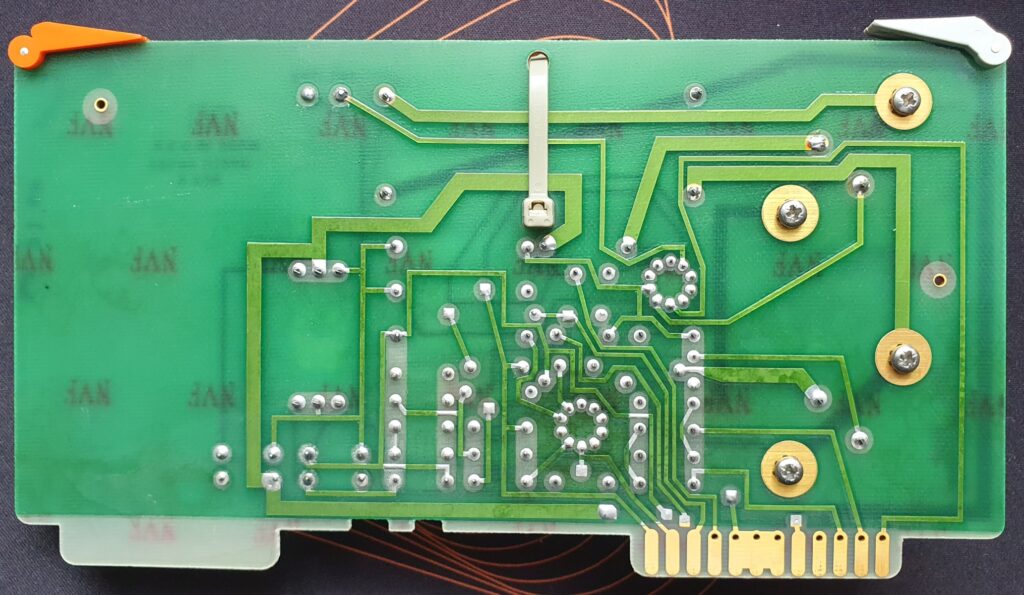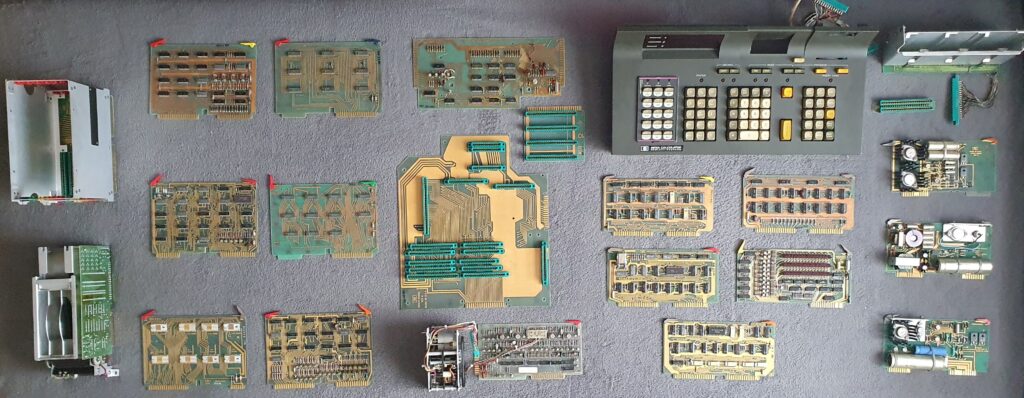At its core, the HP 9810A was built around the concept of programmability, which was a groundbreaking feature at the time. This allowed users to create and store sequences of calculations, enabling the calculator to perform complex tasks automatically. This was a significant departure from earlier calculators, which were limited to performing only basic arithmetic operations.
One of the distinctive features of the HP 9810A was its utilization of Reverse Polish Notation (RPN) for data entry and calculation. RPN, also known as postfix notation, streamlines mathematical operations by eliminating the need for parentheses and reducing the number of keystrokes required for complex calculations. While initially challenging for some users to grasp, RPN ultimately provided a more efficient and intuitive approach to calculation.
The calculator boasted a comprehensive set of built-in mathematical and scientific functions, encompassing arithmetic operations, trigonometric functions, logarithms, exponentiation, and more. These functions were essential for professionals engaged in various fields, including engineering, physics, mathematics, and finance.
What set the HP 9810A apart was its ability to store and execute user-programmed instructions. Programs could be written directly on the calculator using a specialized programming language, which included conditional statements, loops, and subroutines. This capability transformed the calculator from a mere computational tool into a versatile computing device, capable of performing custom calculations tailored to specific needs.
Furthermore, the HP 9810A featured a compact yet functional display that provided clear feedback to the user. This display not only presented numerical results but also conveyed programming prompts and error messages, enhancing the overall user experience.
The calculator’s memory capacity could be expanded using optional memory modules, allowing users to store additional programs and data. Additionally, HP offered a range of peripheral devices and accessories to extend the functionality of the calculator, such as printers, card readers, and interface modules.
The HP 9810A played a pivotal role in the evolution of computing technology, serving as a precursor to more advanced programmable calculators and eventually personal computers. Its impact on various industries, including engineering, science, and education, cannot be overstated. Even today, the HP 9810A remains a revered artifact among collectors and enthusiasts, symbolizing a significant milestone in the history of computing.
The most important individual characteristics of the 9810A are:
- A three-register (x, y, and z) light-emitting diode display
- Separate memories for program and data storage
- All-decimal addressing of program and data storage
- Modular internal expansion of program and/or data storage
- Indirect addressing for any register reference
- Arithmetic operations (all four functions) into or from all data registers
- Optional function blocks (ROM) to define the operation of the lefthand keyblock and other auxiliary functions, user-installable with ease.

